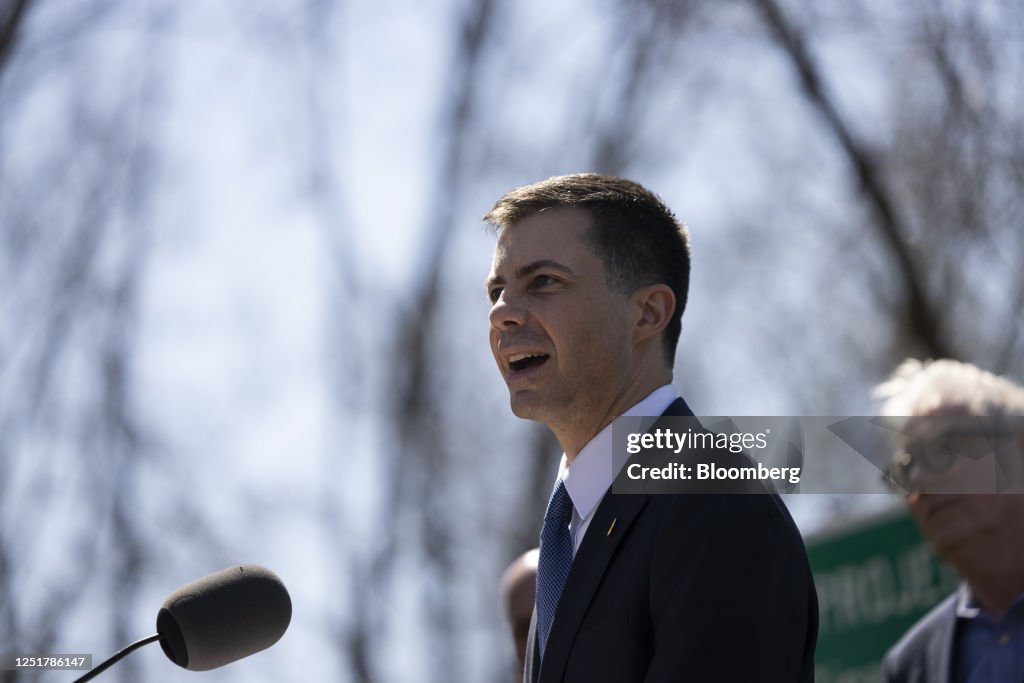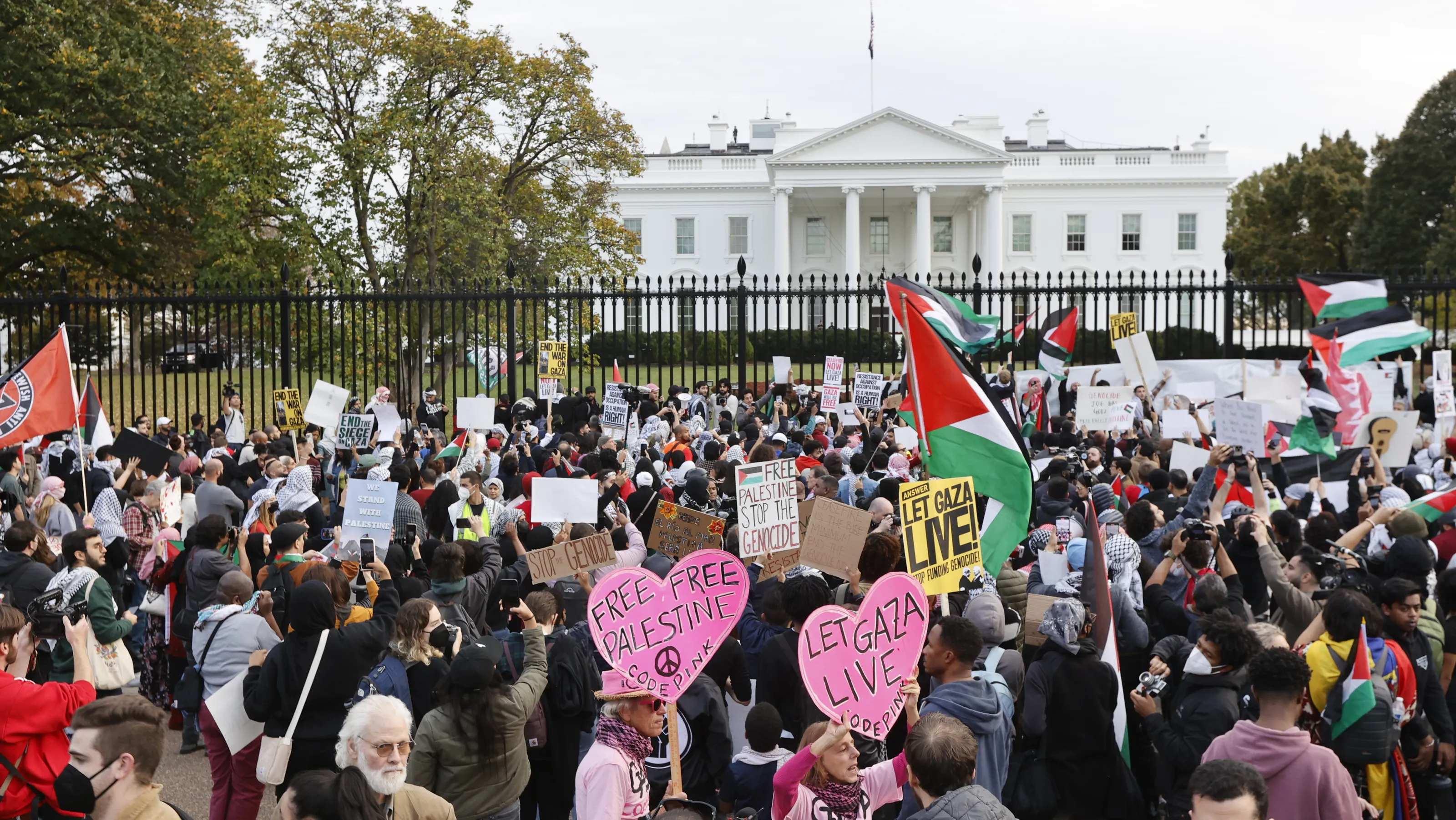Traffic Deaths Reflect Systemic Failures
The newly released estimates from the National Highway Traffic Safety Administration (NHTSA) reveal a staggering 39,345 people died in traffic crashes in 2024, a decrease from the previous year, but still a shocking number that underscores the ongoing crisis of road safety in America. This represents a decrease of about 3.8% compared to the 40,901 fatalities reported in 2023, marking the first time since 2020 that fatalities have dipped below 40,000. However, this decline should not be celebrated as a victory, but rather as a call to action for comprehensive reforms in transportation safety.
Government Inaction on Safety Recommendations
The NTSB, a crucial entity in the fight for safer transportation, has made numerous safety recommendations aimed at preventing these avoidable tragedies. According to the NTSB, its safety recommendations are vital for alerting the public and government to necessary changes in transportation protocols. Yet, despite these recommendations, the current administration has failed to implement critical safety measures that could save lives. The issue of speeding, drunk driving, and distracted driving remains rampant, exacerbated by lax enforcement of existing laws.

Pete Buttigieg, US transportation secretary, speaks during a press ...
Drunk Driving Continues to Plague Our Roads
Drunk driving remains one of the leading causes of traffic fatalities, and the statistics are sobering. According to the NHTSA, alcohol-impaired crashes claim thousands of lives every year. While recent campaigns aim to raise awareness about these dangers, the lack of stringent measures to deter drunk driving reflects a deeper societal issue. The urgency for comprehensive legislative reforms cannot be overstated. As reported by the NHTSA, educational campaigns alone are insufficient. We need more robust policy interventions, including harsher penalties for offenders and increased funding for public transport options.
Systemic Issues in Traffic Safety
The decline in traffic fatalities, while a positive sign, highlights systemic issues within our transportation safety framework. The data presented by the NHTSA raises critical questions about the effectiveness of current safety standards and the commitment to enforce them. According to the NHTSA, the agency is responsible for providing analytical support to improve highway safety, yet it often operates within a framework of limited resources and bureaucratic inertia. The call for more rigorous enforcement of safety standards, including the implementation of rear impact guards and adaptive driving beam headlamps, as highlighted in a recent NTSB letter, is more urgent than ever.

Demonstrators protest for Palestinian rights in Washington DC
Impact on Vulnerable Communities
The impact of traffic fatalities is not felt equally across all communities. Low-income neighborhoods and communities of color are disproportionately affected by traffic deaths, often due to inadequate infrastructure and lack of access to safe transportation options. The failure to address these disparities is a glaring oversight by policymakers. As a former civil rights attorney, I emphasize that addressing transportation safety is not just about numbers; it is about the lives behind those numbers. Vulnerable populations deserve equitable access to safe roads, and it is the government"s responsibility to ensure that they receive it.


![[Video] Netanyahu submits formal pardon request to President Herzog](/_next/image?url=%2Fapi%2Fimage%2Fthumbnails%2Fthumbnail-1764500443499-cqsrbj-thumbnail.jpg&w=3840&q=75)

![[Video] More videos of ANTIFA activities emerge in Giessen](/_next/image?url=%2Fapi%2Fimage%2Fthumbnails%2Fthumbnail-1764454862523-wtbpg5-thumbnail.jpg&w=3840&q=75)
